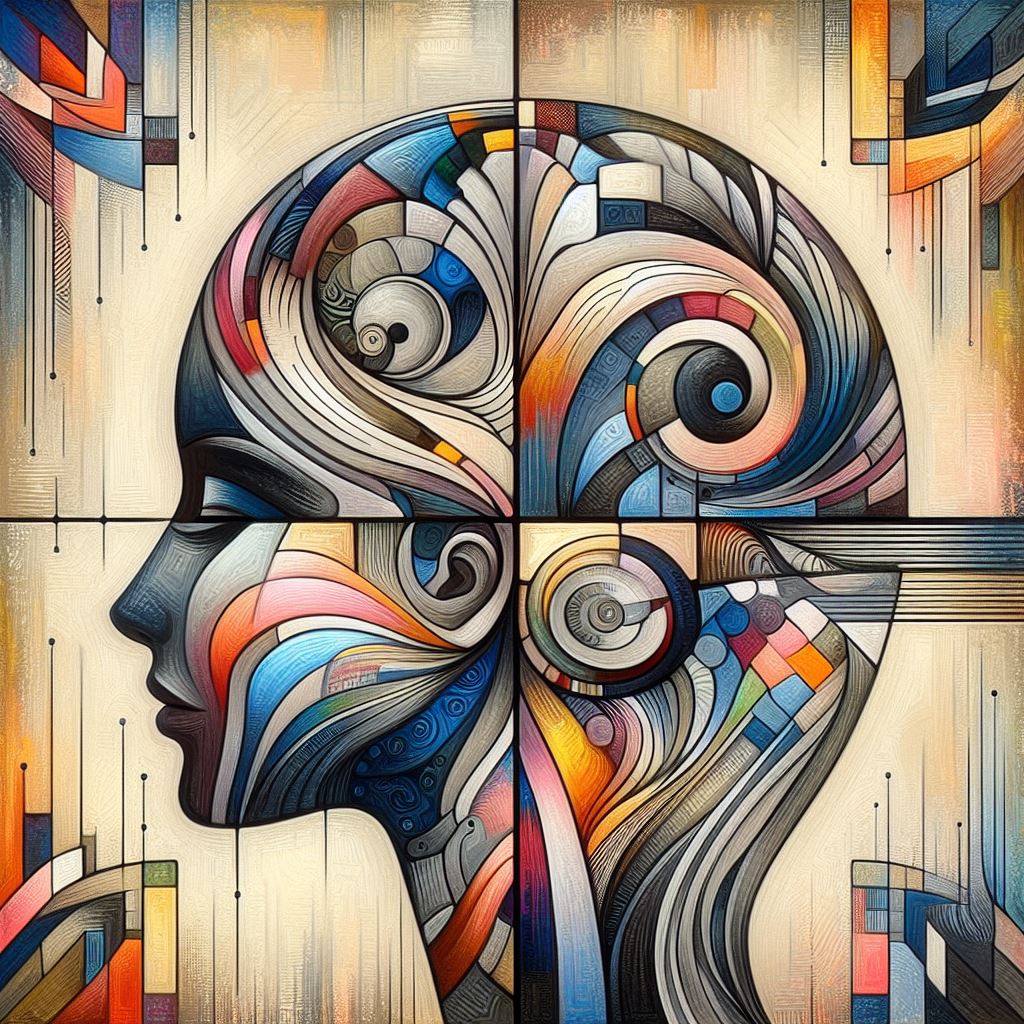
Many years ago, I was an eighteen-years-old preservice teacher – one of the many young women and men who were striving to lay their first foundation of learning and teaching. Yes, I am referring to my primary teacher training course where I learned the fundamentals of learning science. It was a life-changing experience in many ways, and indeed, a solid foundation for me to become who I am today. For that, I am eternally grateful to all my amazing educators. They helped me understand what it means to become a teacher, learning designer, and educator. Now, I’m no longer that skinny young boy. Neither am I a novice teacher who constantly thinks about how to engage his 10-12-year-old students in his classes. Over the years, I have been fortunate to gain much new knowledge and experience which have changed how I think about learning and teaching today. One such aspect is learning styles.
In one of the subjects that I studied as part of my primary teacher training, I was taught that learners can be categorised into four different groups: visual, auditory, read and write, and kinaesthetic. Some people referred to these categories as ‘The VARK Model’. The fundamental idea behind these ‘styles’ was that we should be aware that different students have different approaches to learning, so as teachers, we must design our lessons in a way that gives everyone in the class a fair chance to learn and succeed. This idea is excellent and aligns well with today’s buzzwords such as equity, accessibility, and inclusivity. However, despite the compelling arguments for these styles, there is empirical research suggesting that this view of learning is not accurate.
To extend this discussion, I think it’s important to first we understand how information processing occurs in the human brain. Whether it’s merely repeating information, comprehension, or problem-solving, all sorts of cognitive activities occur within this information system. Educational psychologists relate this processing to the memory of the human brain and have identified three different functions of memory – sensory memory, working memory, and long-term memory. Each of these memories serves a different purpose and functions in a unique way.
First, sensory memory is like a quick snapshot of the world around us. It essentially captures anything and everything that we are exposed to through our senses, such as touch, smell, hearing, or sight. So, as anything comes through a human sense, within a split second, the brain recognises it as a piece of information. However, if attention is not paid to that particular piece of information, it’s discarded from the memory within a few seconds. On the other hand, the information that is attended to is transferred to working memory for further processing, depending on the need or intention.
Secondly, there’s the working memory – the place where all of our conscious cognitive activities occur. Think of it like the sticky note pad of our brain—the place where we jot down important things that we need to attend to right now. Whether it’s remembering a phone number, following steps of a recipe, or solving a complex problem, this is where all that happens. However, the working memory is quite limited, and at a time, a normal human can hold only about seven pieces of information in the working memory. Therefore, to solve complex problems, we always need to retrieve information from long-term memory.
Lastly, there’s the long-term memory – a sort of filing cabinet where all kinds of information that we process are systematically organised and stored. Unlike both sensory memory and working memory, there are no known limitations in the capacity of long-term memory. This means the amount of information stored, and the duration of storage are unlimited for long-term memory! The deeper the engagement with the information in the working memory, the better organised it becomes in the long-term memory, and the longer it lasts in memory. Working memory and long-term memory constantly interact with one another. We process information in the working memory and encode it into long-term memory for storage. On the other hand, to process new information, we retrieve previously stored information from long-term memory and bring it back to the working memory. This process then continues. How amazing!
Now let’s return to my original point that I wanted to make – the perspective on different learning styles. Sorry, I had to beat around the bush to make this point!
There is strong empirical literature suggesting that all individuals engage in learning through the same memory processes and systems explained above, including sensory memory, working memory, and long-term memory. Whether information is received visually or audibly, it undergoes the same encoding process before being stored as meaning in long-term memory. While people may express preferences for certain modalities, such as claiming to be visual learners, credible research suggests that these preferences do not translate into distinct learning styles. In my case, I have revisited my understanding of learning styles by retrieving my old learning from my long-term memory and reworked on it in the working memory to re-organise my neural networks in relation to this concept. So, indeed, now I am convinced that learning styles are a myth! A myth!

www.xmc.pl
You have the gift of turning abstract thoughts into something tangible, allowing the reader to grasp concepts with clarity.